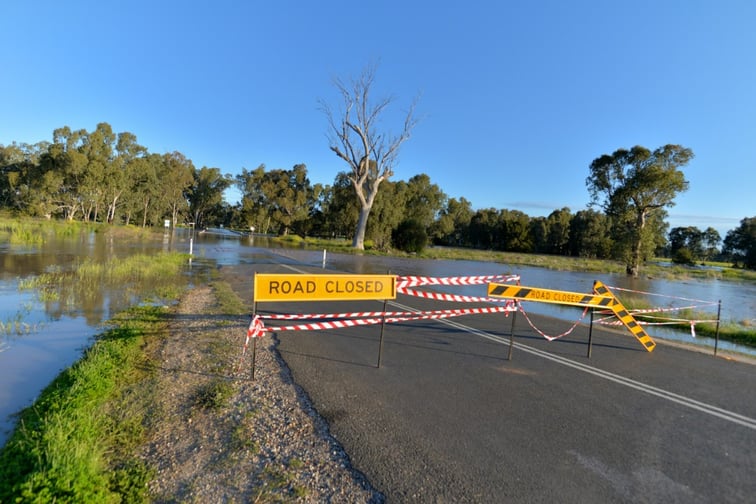

Climate and property risk analytics provider ZestyAI has announced that it has added severe convective storms to the list of perils addressed by its risk analytics platform.
ZestyAI’s Z-WIND and Z-HAIL models address severe convective storms – the fastest-growing and most costly secondary peril faced by insurers, with nearly $22 billion in damage reported since 2022, the company said.
“Insurers continue to grapple with skyrocketing losses brought on by traditional stochastic models that provide inadequate risk assessment for severe convective storms,” said Kumar Dhuvur, co-founder and chief product officer for ZestyAI. “That leaves carriers struggling to explain claims when they occur, often falling back on methodology that focuses exclusively on individual large storms. Using a single event to explain losses is like blaming a single candy bar when a tooth develops a cavity.”
The Z-WIND and Z-HAIL models are based on scientific research, including a study recently released by ZestyAI and the Insurance Institute for Business & Home Safety, which demonstrated that claim frequency is affected by property-level characteristics, accumulated roof damage from previous storms, and potential exposure to future hail events.
Traditional models do not consider the relationship between weather and the structure itself, ZestyAI said. Those models also have shortcomings related to their data sources – records don’t provide full geographic coverage and only consider storms reported to have hailstones over one inch.
ZestyAI’s models use AI and machine learning to combine decades of climatology data with property-specific features to paint a more accurate picture, the company said. Its proprietary Digital Roof technology allows the company to model the vulnerability of every property in North America to hail and wind based on each property’s specific characteristics, including roof complexity, quality and building materials.
ZestyAI synthesizes this data into two scores – claim frequency and claim severity – giving insurers an accurate assessment of the expected claim frequency for a property, as well as how serious a future claim may be.
The Z-WIND and Z-HAIL models build on the success of ZestyAI’s wildfire assessment model, Z-FIRE. With the addition of the new models, ZestyAI now addresses at least one peril for every home in North America, the company said.
Have something to say about this story? Let us know in the comments below.
